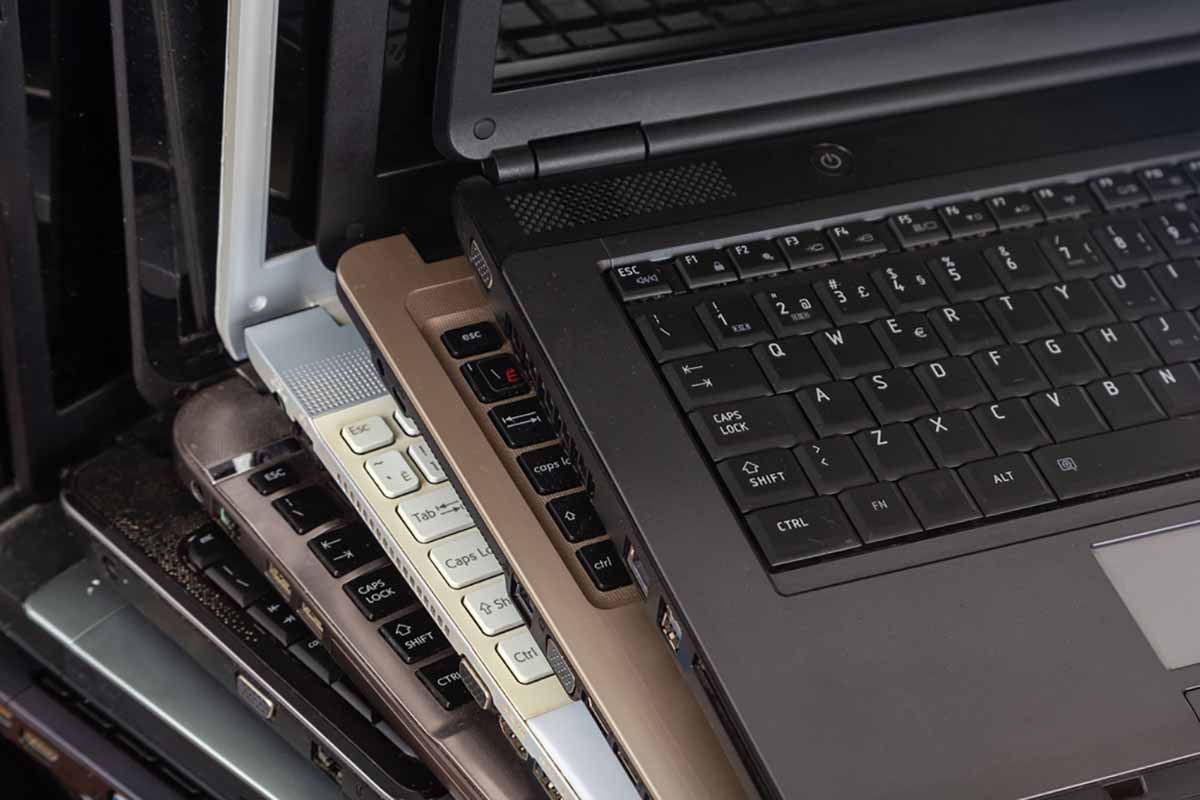
CalRecycle is looking to increase compensation to e-scrap recyclers in light of growing overhead expenditures such as fuel and labor. | Dasytnik/Shutterstock
California e-scrap recyclers could see a boost to their state payments under a proposed rate increase motivated by high inflation and other factors.
The California Department of Resources Recycling and Recovery (CalRecycle) adjusts the amounts paid to recyclers to cover the average net costs of collecting and recycling covered products. Due to the passage of SB 1215 in 2022, that will occur on an annual basis instead of every other year, starting in 2023.
Under California’s Covered Electronic Waste Recycling Program, the oldest regulated statewide e-scrap recycling program in the country, consumers pay point-of-sale fees for electronics with screens. The state then redistributes that money to e-scrap companies that are part of the program when they properly collect and recycle covered electronics.
The program covers CRT TVs and monitors, LCD TVs and laptops, plasma TVs (excluding plasma projection TVs), LCD smart displays and devices, LCD tablets, portable DVD players and OLED display devices.
The current combined recovery and recycling payment rate, set on July 1, 2022, is $0.85 per pound of CRT material and $1.03 per pound of non-CRT material.
Due to labor shortages, the war in Ukraine, lingering impacts from COVID-19 and sustained high inflation rates, CalRecycle is again suggesting an increase by the July 1, 2023 deadline. The proposed rates are $0.98 cents per pound for CRT material and $1.10 cents per pound for non-CRT material.
“One of the few bright spots for the recycling industry in recent years has been the rising value of scrap metal,” CalRecycle noted in its proposal. “The spot price of copper, aluminum, gold, and silver – materials found in the frames and circuit boards of electronic devices – spiked in 2021 and are still well above pre-pandemic values. However, this rising revenue source was not enough for approved recyclers to keep pace with the rising costs of fuel, labor and other overhead.”
The state found that recovery costs have been steadily increasing since 2016, and about half of small CRT operations and 31% of small non-CRT operations have average net costs that are higher than the existing recycling payment rates. A state analysis found that 38% of all collection operations have a recovery cost above the standard recovery rate, the document noted.
In 2022, 63 million pounds of covered electronics were recycled through the program, down from a program high of 220 million pounds in 2008 and down from 2021, when 73 million pounds were recycled.
CalRecycle also raised the rates in 2014, 2016, 2018, 2020 and 2022. In 2022, it noted similar reasons for the increases.
The recommendation will be considered at the CalRecycle monthly public meeting on May 16.


